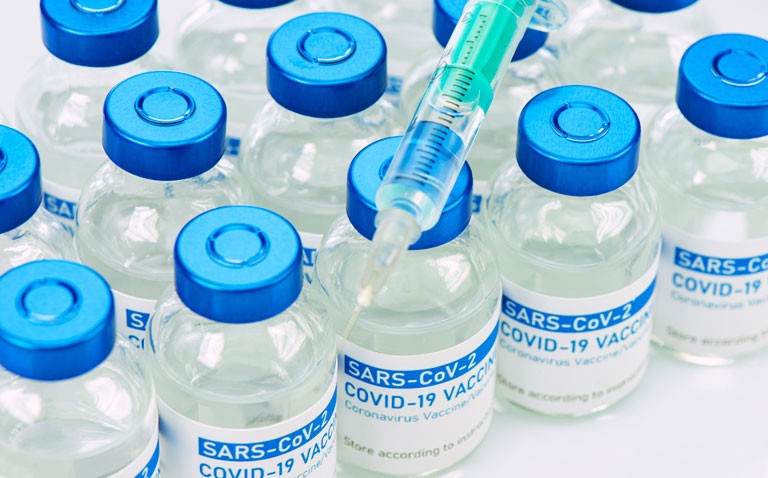The use of a 12-week interval between COVID-19 vaccinations has attracted much controversy especially given the lack of clinical data to support this interval.
The COVID-19 vaccine produced collaboratively between AstraZeneca and Oxford University, ChAdOx1, has been approved for use in the UK with a regime that involves administration of two doses given between 4 and 12 weeks apart. The safety and efficacy of the Oxford vaccine has been evaluated in four separate controlled trials conducted in the UK, Brazil and South Africa. While some of these initial studies were designed to provide a single dose, after analysis of the immunogenicity data, the Oxford researchers discovered that provision of a second or booster dose, significantly improved the level of neutralising antibodies produced. Since some patients declined a second, booster dose, a further arm of the trial included patients who received single standard dose rather than two doses. In addition, one of the studies involved participants receiving an initial low, rather than standard vaccine dose, followed by a standard booster dose. Consequently, the Oxford team have efficacy data based on a range of dosing schedule combinations. The primary outcome for the trials was virologically confirmed symptomatic COVID-19 based on a positive swab test result with at least one qualifying symptom (e.g., fever > 37.8oC, cough, shortness of breath, anosmia or ageusia). In addition, positive, but asymptomatic participants were also included in the analysis and all cases were based on those occurring 14 or more days after the second vaccine dose.
Findings
A total of 24,422 participants have been vaccinated across the four trials and 17,178 are included in the present efficacy analysis; 8597 given the ChAdOx1 vaccine and 8581 a control vaccine. Among participants given two standard doses of the vaccine there were 332 COVID-19 cases, 84 (1%) in those given ChAdOx1 and 248 (2.9%) in the control group, giving a vaccine efficacy of 66.7%. In contrast, among those who received an initial low dose followed by a standard dose booster, the vaccine efficacy was 80.7%. Among asymptomatic patients, vaccine efficacy was much lower (22.2%) after two standard doses. An important finding from the analysis was that when the two standard doses were administered less than 6 weeks part, the vaccine efficacy was 55.1% but this increased to 81.3%, when administered more than 12 weeks part. A further and thought-provoking finding, was how after a single, standard dose, between day 22 and 90 (i.e., 3 months later) the vaccine efficacy was 76%, i.e., higher than after two standard doses.
The results offer a mix bag of findings. It is certainly true that receiving two standard doses, 12 weeks apart provides a high level of protection (81.3%) but having a low dose followed by a standard booster dose is also effective (76% efficacy). Furthermore, just a single, standard dose, will also be effective (76%) and seemingly more so than two standard doses (66.7%).
Citation
Voysey M et al. Single-dose administration and the influence of the timing of the booster dose on immunogenicity and efficacy of ChAdOx1 nCoV-19 (AZD1222) vaccine: a pooled analysis of four randomised trials. Lancet 2021










